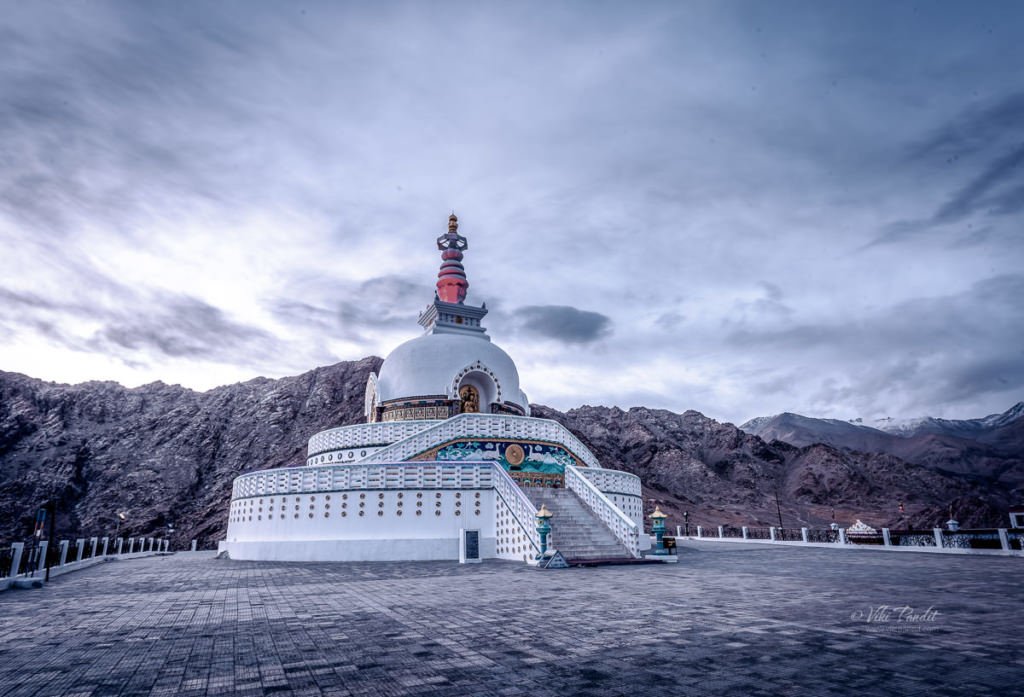
Road to Khardungla Pass
The drive from Leh to Nubra Valley goes through Khardungla Pass, said to be one of the highest motorable road in the world. Goes without saying the view was just mesmerising as we motored along the golden mountains towards snow capped peaks. I’ve always had this desire to travel the world – but nothing beats exploring your own country.
